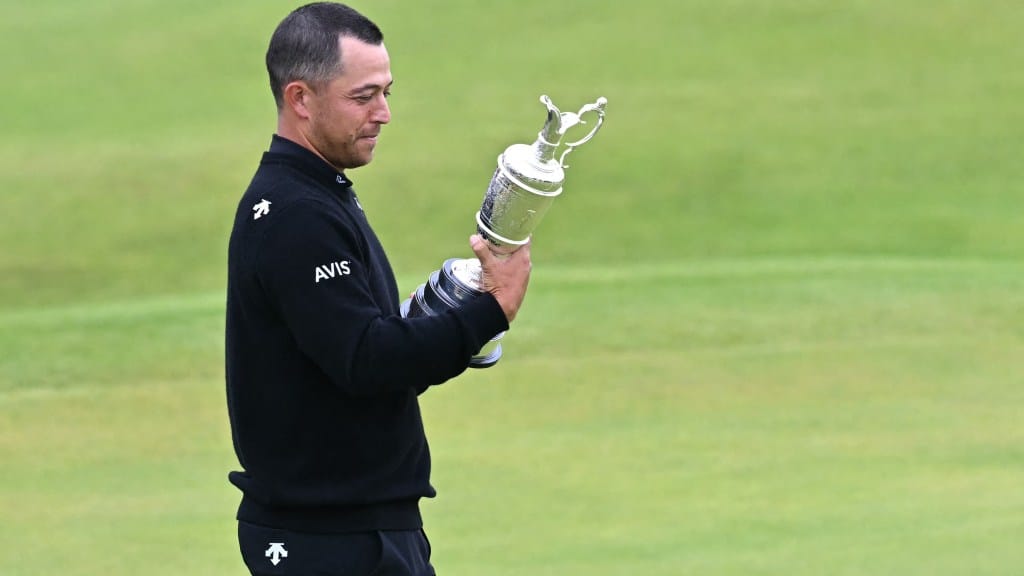The 152nd Open Championship has come to a close, marking the end of the men’s major season for another year. With the Masters just around the corner, golf enthusiasts are already starting to anticipate the next major event. The Masters, known for its extended buildup and anticipation, contrasts with the rapid-fire succession of the other major championships.
In the midst of a busy sports season, with events like the Euros creating a frenzy of activity, golf continues to fight for relevance in the media. The Open Championship, despite Scottie Scheffler’s victory, may have been overshadowed by other sporting events in the media coverage. The sport’s ongoing challenge to maintain viewership and engagement in a crowded sports landscape remains a concern.
The recent spell of poor weather has added to the sense of unfulfillment surrounding the men’s majors. With conditions at Royal Troon being less than ideal, players and spectators alike faced challenging weather conditions. While reflecting on past Opens with sunny fairways and nostalgic flair, the current golf season seems to have barely begun before major championships draw to a close.
The congested schedule of major championships, with only 98 days between the Masters and The Open, highlights the breakneck pace at which these events are conducted. Amidst the rush to host multiple major championships, there is a sense of urgency to conclude them quickly. This back-to-back schedule leaves little time to savor the moment before the next major event begins and dominates headlines.
The complex scheduling of tournaments globally, driven by the demands of various tours and events, creates a logistical challenge for golf administrators. The prioritization of events like the FedEx Cup playoffs and the Olympics, coupled with the need to accommodate different tournaments and series, contributes to a hectic calendar for players and fans. Balancing the interests of different tours and events adds an element of chaos to the already jam-packed golf calendar.
In light of these challenges, there are calls for a reevaluation of the timing and format of major championships. Suggestions include shifting The Open to August or reducing the field to enhance the quality of play and engagement with the event. Despite the criticisms and complexities of the current golf schedule, the sport continues to adapt and evolve in response to changing demands and expectations.
As the 25th Open Championship winner, the author reflects on the passage of time and the fast-paced nature of major championships. Compared to the early days of Jack Nicklaus’ career, where majors were played in quick succession with little time for respite, the modern golf calendar presents a different set of challenges. The author’s experience highlights the need for continued adaptation and innovation in the world of professional golf.


